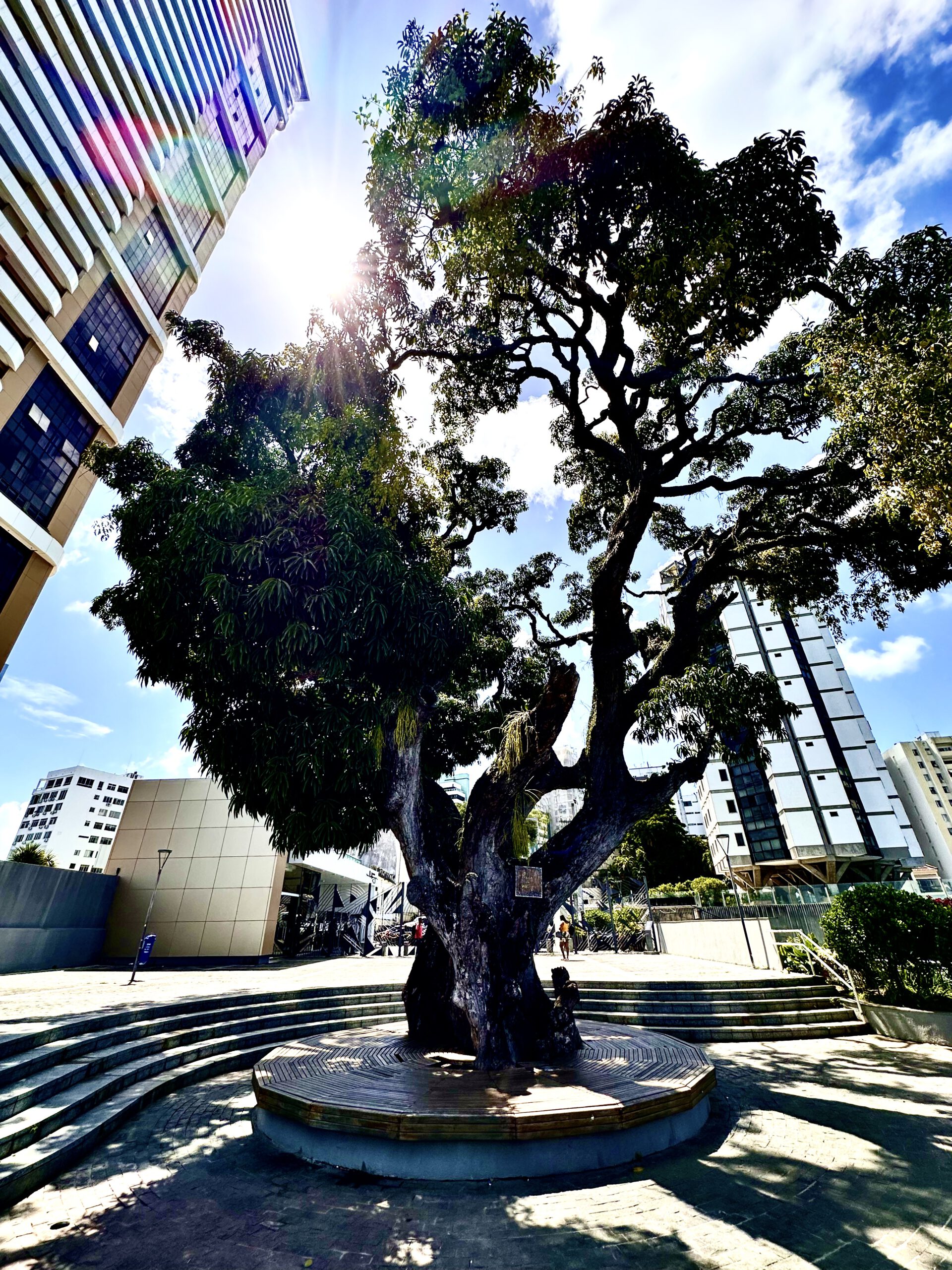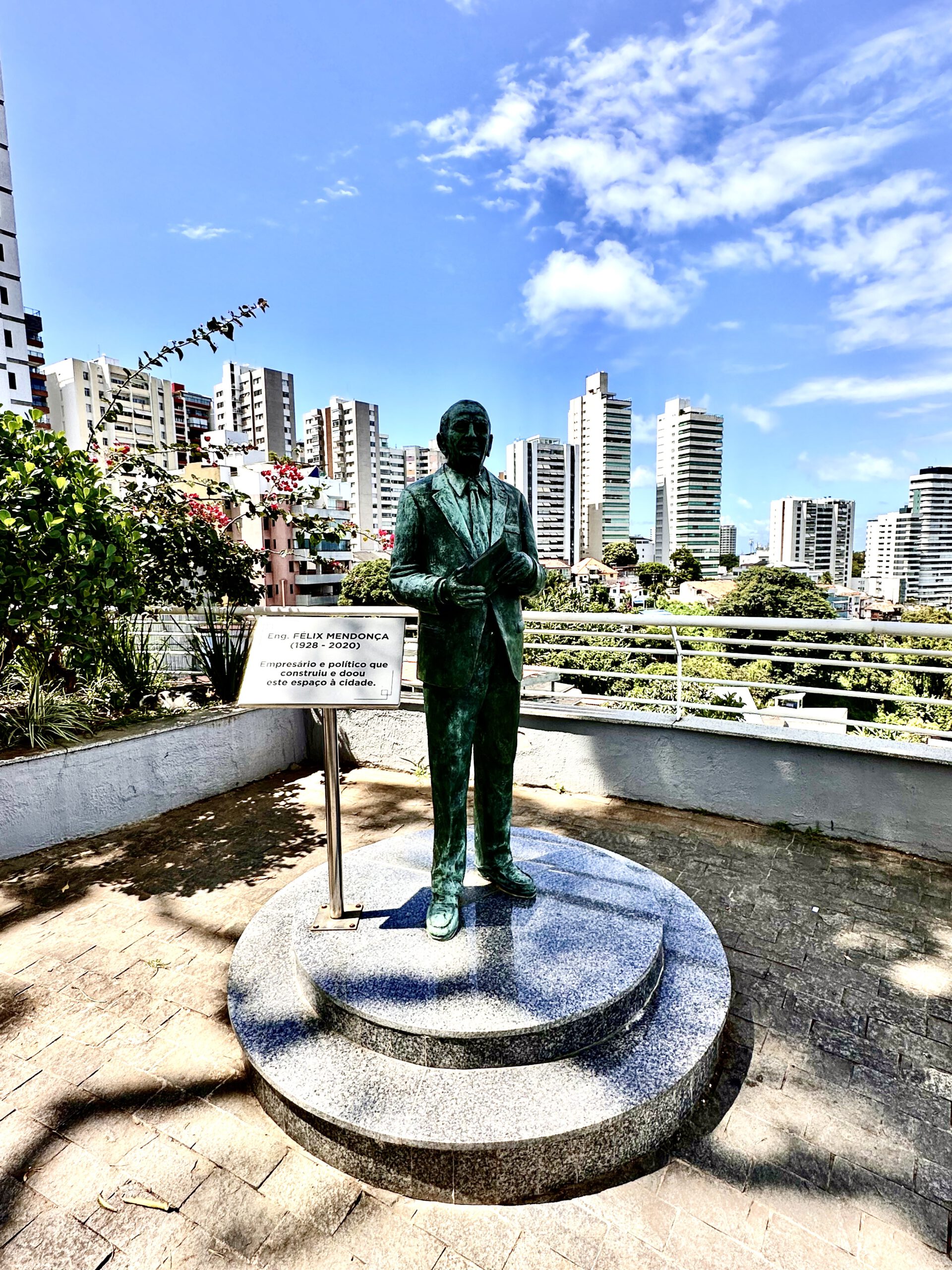Krampfadertherapie einmal anders – Krampfadern können als gewundene und erweiterte tastbare Venen mit einem Durchmesser von mehr als 3 mm beschrieben werden. Sie sind chronischer Venenveränderungen, die eine signifikante Ursache für Krankheiten darstellen. Die Prävalenz von Krampfadern wurde bei Frauen auf 25 bis 33% und bei Männern auf 10 bis 20% geschätzt und nimmt mit alarmierender Geschwindigkeit zu. Familienanamnese (Genetische Vererbung in > 90%), älteres Alter, Schwangerschaft, Fettleibigkeit, stehende Berufe und eine Vorgeschichte mit tiefer Venenthrombose sind die vorherrschenden Risikofaktoren. Weitere mechanische Faktoren für Krampfadern sind Änderungen des hydrostatischen Drucks, defekte Venenklappen, tiefe Venenthrombose und ineffektive Funktion der Wadenmuskelpumpe.Ganz wesentlich bei der Ausbildung sind biochemische und strukturelle Veränderungen der Gefäßwand, extrazelluläre Matrixanomalien, gestörtes Gleichgewicht zwischen Wachstumsfaktoren oder Zytokine, genetische Veränderungen und verschiedene andere Mechanismen. Trotzdem ist das Problem der Pathogenese von Krampfadern noch nicht vollständig bekannt, auch wenn beim Verständnis ihrer molekularen Grundlagen große Fortschritte erzielt wurden. Diese Studien sind vielversprechend. Möglicherweise können die neuen Erkenntnisse zu einer gezielten Therapie oder zur Prävention des Krampfaderleidens führen.
Varicose veins (VVs) can be described as tortuous and dilated palpable veins, which are more than 3 mm in diameter. They are one of the clinical presentations of chronic venous disorders, which are a significant cause of morbidity. The prevalence of VVs has been estimated at 25-33% in women and 10-20% in men and is still increasing at an alarming rate. Family history, older age, female, pregnancy, obesity, standing occupations, and a history of deep venous thrombosis are the predominant risk factors. A great number of factors are implicated in the pathogenesis of VVs, including changes in hydrostatic pressure, valvular incompetence, deep venous obstruction, an ineffective function of calf muscle pump.Very important are biochemical and structural alterations of the vessel wall, extracellular matrix abnormalities, impaired balance between growth factors or cytokines, genetic alterations, and several other mechanisms. Nevertheless, the issue of pathogenesis in VVs is still not completely known, even if great progress has been made in understanding their molecular basis. This kind of study appears promising and should be encouraged, and perhaps the new insight in this matter may result in targeted therapy or possibly prevention.





